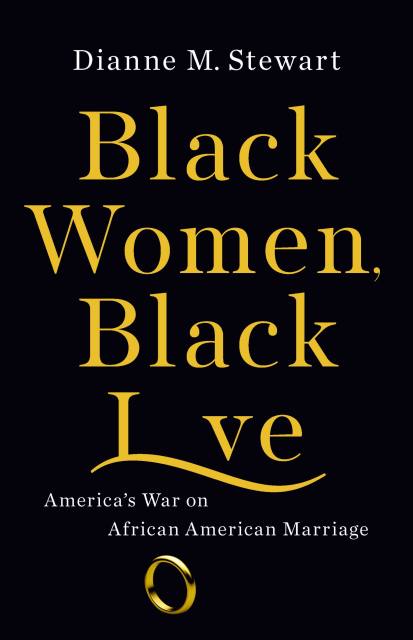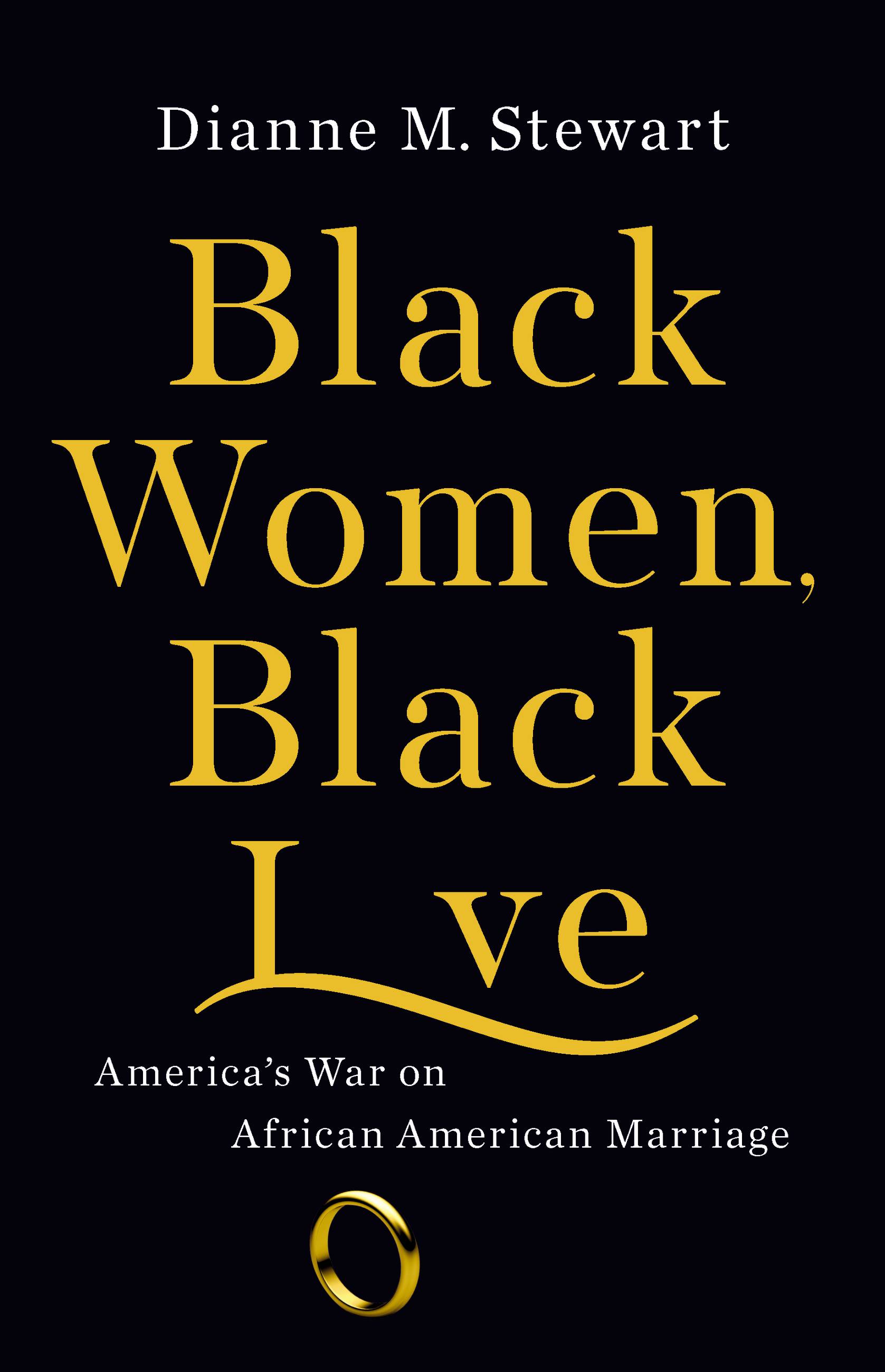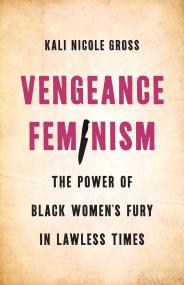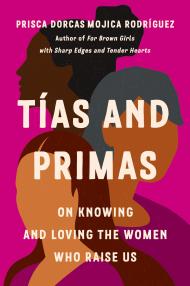Promotion
Use code BEST25 for 25% off storewide. Make sure to order by 11:59am, 12/12 for holiday delivery!
By clicking “Accept,” you agree to the use of cookies and similar technologies on your device as set forth in our Cookie Policy and our Privacy Policy. Please note that certain cookies are essential for this website to function properly and do not require user consent to be deployed.
Black Women, Black Love
America's War on African American Marriage
Contributors
Formats and Prices
- On Sale
- Oct 6, 2020
- Page Count
- 336 pages
- Publisher
- Seal Press
- ISBN-13
- 9781580058162
Price
$16.99Price
$21.99 CADFormat
Format:
- ebook $16.99 $21.99 CAD
- Hardcover $30.00 $38.00 CAD
- Audiobook Download (Unabridged)
This item is a preorder. Your payment method will be charged immediately, and the product is expected to ship on or around October 6, 2020. This date is subject to change due to shipping delays beyond our control.
Buy from Other Retailers:
According to the 2010 US census, more than seventy percent of Black women in America are unmarried. Black Women, Black Love reveals how four centuries of laws, policies, and customs have created that crisis.
Dianne M. Stewart begins in the colonial era, when slave owners denied Blacks the right to marry, divided families, and, in many cases, raped enslaved women and girls. Later, during Reconstruction and the ensuing decades, violence split up couples again as millions embarked on the Great Migration north, where the welfare system mandated that women remain single in order to receive government support. And no institution has forbidden Black love as effectively as the prison-industrial complex, which removes Black men en masse from the pool of marriageable partners.
Prodigiously researched and deeply felt, Black Women, Black Love reveals how white supremacy has systematically broken the heart of Black America, and it proposes strategies for dismantling the structural forces that have plagued Black love and marriage for centuries.
-
“Stewart marshals substantial evidence to back up her thesis—proof of a centuries-long assault on Black love and marriage that in her hands takes the form of persuasive case histories of women, past and present...It offers a fresh and surprising look at the economic, spiritual, structural and emotional constraints on the hundreds of thousands of Black women for whom love and marriage are neither blithely expected nor easy. In that, it feels not so much necessary as needed.”New York Times
-
"Powerful, persuasive, and devastatingly haunting. Dianne M. Stewart has placed a historical and structural lens on the most personal, intimate areas of our lives and brought them into clear focus."Carol Anderson, New York Times-bestselling author of White Rage
-
"Black Women, Black Love is profoundly necessary and long overdue. Dianne M. Stewart decimates popular myths about Black love and marriage. She reveals through data, history, and compelling storytelling that structural racism and patriarchy―beginning with slavery and continuing through racist welfare policies, mass incarceration, and more―have consistently thwarted the efforts of Black women to marry and sustain healthy, loving relationships."Michelle Alexander, New York Times-bestselling author of The New Jim Crow
-
“Interweaves eye-opening statistics with engrossing personal narratives of contemporary and enslaved women whose lives (and deaths) are a testament to the complexity of Black women’s quests for love and a celebration of their resilience in the face of daunting odds…A beautiful, strikingly original work that is both scholarly and deeply moving.”Kirkus (starred review)
-
“An incisive history of Black companionship...skillfully relates Black women’s lack of autonomy during slavery and how they have been blamed for their own victimization. this seminal social history will enlighten a variety of readers.”Library Journal (starred review)
-
"Dianne M. Stewart's compelling Black Women, Black Love is the first Black feminist/womanist analysis of the structural barriers that make marriage for heterosexual African American women elusive, even impossible, within a racist, sexist America. In painstaking detail, she makes the provocative case that our persistent marital dilemmas over four centuries should be seen as a hidden civil rights issue. Her exploration of the concept of 'forbidden Black love' is nuanced, moving, and attentive to a broad range of variables. Personal narratives enhance her solid, though unsettling, arguments about America's persistent war on Black marriage, as well as 'undesired singlehood' for generations of women who love Black men."Beverly Guy-Sheftall, Anna Julia Cooper Professor of Women's Studies, Spelman College, and coauthor of Gender Talk
-
“Lays out an eye-opening, painful, provocative history lesson.”Washington Informer
-
“Powerful and wholly original…Stewart’s eye-opening analysis reveals how marriage is an enduring civil rights issue for Black women in the United States.”Bookpage
-
“A well-documented and persuasive case that supporting Black love and marriage is a key step in unwinding racial inequality in America.”Publisher’s Weekly
Newsletter Signup
By clicking ‘Sign Up,’ I acknowledge that I have read and agree to Hachette Book Group’s Privacy Policy and Terms of Use







